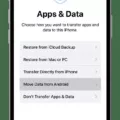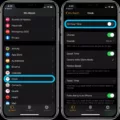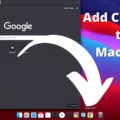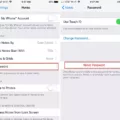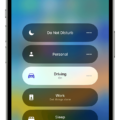Are you missing the Safari app on your iPhone? Don’t worry, it’s easy to get back! In this blog post, we’ll walk you through how to add Safari back onto your device in five simple steps.
Safari is a powerful web browser for iOS devices, offering easy access to websites and features that enhance your browsing experience. Unfortunately, it’s not uncommon for users to accidentally delete Safari from teir iPhones. But don’t worry – it can be easily added back with just a few steps.
Here are the five steps you need to follow to add Safari back onto your iPhone:
Step 1: Check all screens and folders. Begin by checking all of your home screen folders and oter screens in case the Safari app has been placed there by mistake. If you find it, simply drag the icon back into its original place on your home screen or dock.
Step 2: Search for disappeared Safari in App Library. Go to the App Library page (last page in riht swipe) select the Utility folder. Locate the Safari browser application and drag it onto your home screen or dock.
Step 3: Look for disappeared Safari uing Spotlight search. You can also use Apple’s Spotlight search feature by swiping down from any of your Home Screens until you see a search bar at the top of the display. Type “Safari” into this bar and see if it appears in any of your apps list results. Tap on it if found – otherwise move onto step 4 below!
Step 4: Remove restrictions on Safari. If you don’t find Safari using search or App Library, then make sure that Restrictions are turned off as this could prevent you from re-downloading the app from Apple Store or even seeing it within App Library folder. To check this setting open Settings > General > Restrictions > Allowed Content > Apps and make sure that ‘Safari’ is allowed here!
Step 5: Reset Home Screen layout. If none of these methods work then try resetting your Home Screen layout – this will restore all default apps including Safari which should appear on its original spot after resetting Home Screen Layout! To do so go Settings > General > Reset > Reset Home Screen Layout which will bring everything back as was before deleting any icons!
Hopefully these steps have helped you get the Safari app back onto your iPhone so that you can get back browsing aain soon!
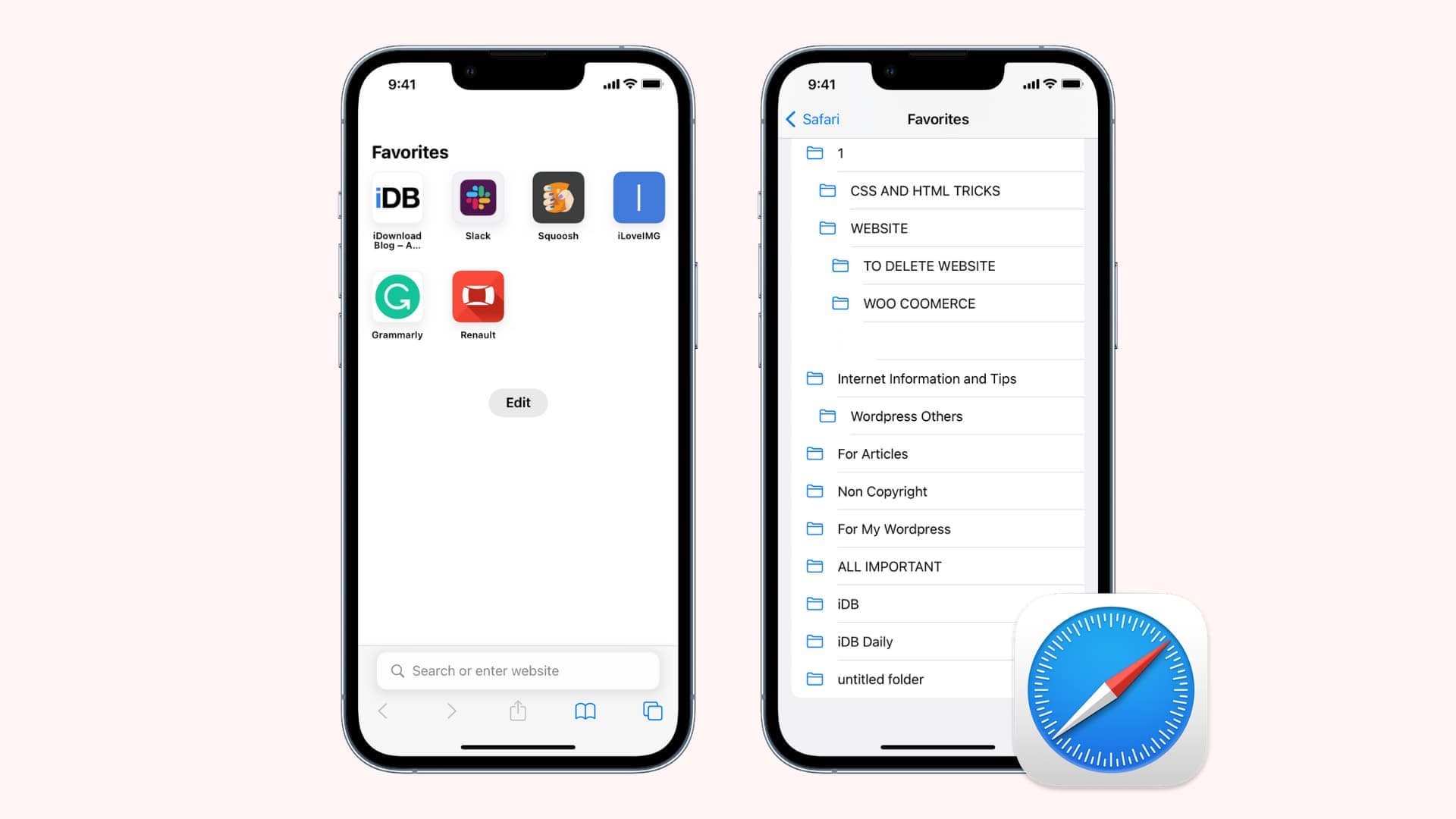
Restoring Safari on an iPhone
Getting Safari back on your iPhone is easy and can be done in a few simple steps.
First, check all of the screens and folders on your device. If you had Safari in a folder, it may have been moved dring an update or reorganization of the home screen.
Second, search for “Safari” in your App Library to make sure that it hasn’t been removed from your device. If Safari isn’t in the App Library, you can try loking for it using Spotlight Search by swiping down from the middle of your Home Screen.
Third, if Safari is currently restricted on your device, you may need to remove those restrictions before you can access it again. You can do this by going to Settings > Screen Time > Content & Privacy Restrictions and tapping “Disable Restrictions”.
Finally, if all else fails, you can reset the Home Screen layout of your iPhone by going to Settings > General > Reset > Reset Home Screen Layout. This will restore your device to its factory settings and shuld bring back any apps that were missing from the home screen.
By followng these five easy steps you should be able to get Safari back on your iPhone quickly and easily!
Troubleshooting Safari Not Showing on iPhone
The most common reason why Safari is not showing on your iPhone is because it has been hidden on one of the Home Screens or in one of the Folders. To make sure this is the case, try searching for Safari by swiping down from the middle of your Home Screen. If you don’t find it there, check all your Home Screens and Folders to see if you can find it.
If you still can’t find Safari, it’s pssible that it was deleted accidentally by you or someone with access to your iPhone. To fix this issue, simply reinstall Safari from the App Store. You can do this by opening the App Store, searching for “Safari” and tapping Get/Install to reinstall it on your iPhone.
Reinstalling Safari on an iPhone Home Screen
Reinstalling Safari on your iPhone home screen is a relatively simple process. First, go to the App Library page (last page in right swipe) and select the Utility folder. Locate the Safari browser application and hold down a blank spot on the screen until the jiggle mode appears. Once it does, drag the Safari app from the App Library folder to your home screen. You may need to press and hold an app before you can move it around. Once you’ve done that, Safari will be installed on your home screen.
Reinstalling the Safari App
To reinstall the Safari app, first open the App Store on your device. Then, search for “Safari” in the search bar. Once you’ve found it, tap on the Get button to download and install the app. You may be asked to enter your Apple ID password to authorize the download. Once it’s finished downloading and installing, you can find it on your home screen or in your app library just like before.
Why Is Safari App Not Visible?
Safari may be hidden if restrictions have been enabled on your device. Restrictions can be used to limit access to certain apps or features, and if Safari is restricted it will not apear on the Home screen or in the App Library. To check if restrictions are enabled, go to Settings > Screen Time > Content & Privacy Restrictions and make sure that restrictions are turned off. If they are turned on, you can adjust the settings to make Safari visible again.
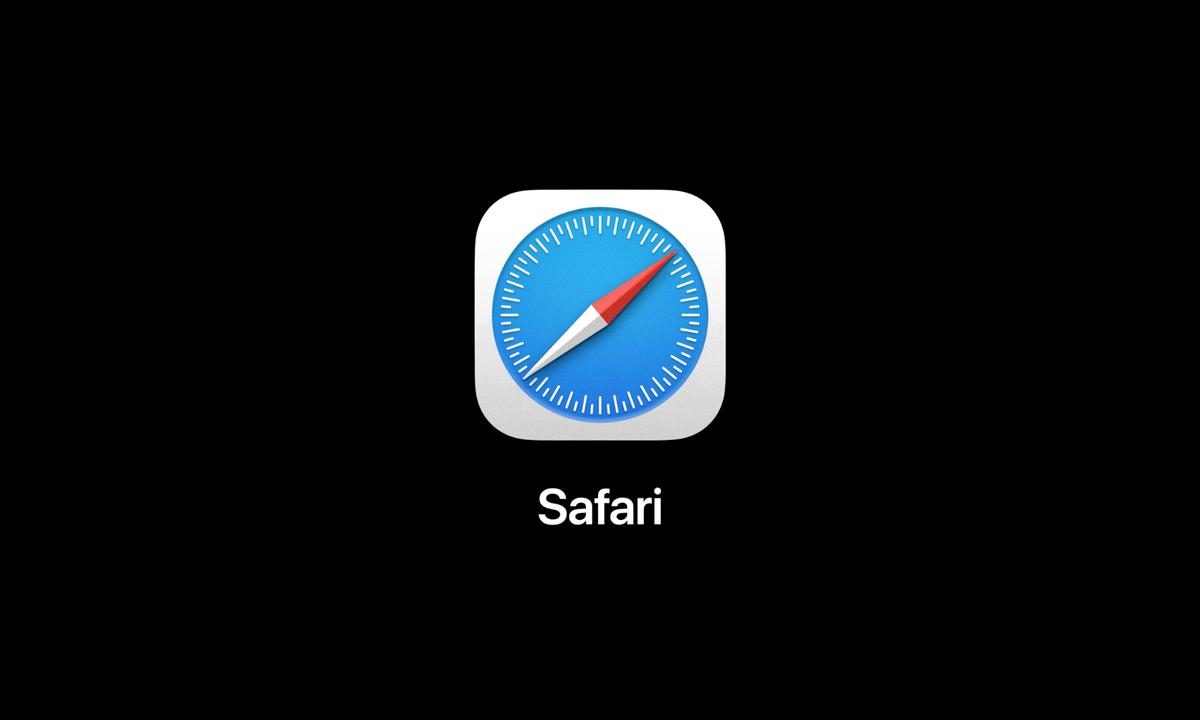
Source: techrepublic.com
Conclusion
In conclusion, Safari is a reliable, safe and user-friendly web browser that is availale for Apple devices. It is the default web browser on iPhones, iPads and Mac computers and can be easily accessed by tapping the Safari icon found on the home screen. The app provides a simple interface so users can access their favorite websites quickly and securely. With features like private browsing mode, pop-up blocking and anti-phishing protection, Safari makes sure users are protected while they browse the internet. Despite being a convenient tool for accessing websites, if you ever encounter any issue with it such as the Safari icon disappearing from your iPhone or iPad then you can follow any of the five methods outlined in this article to get it back.

